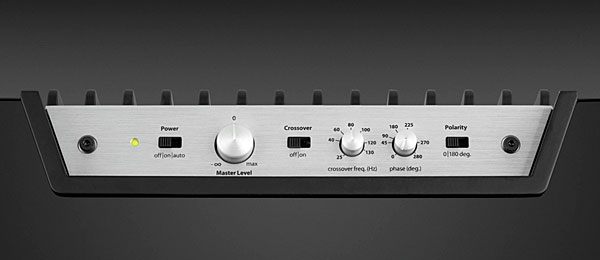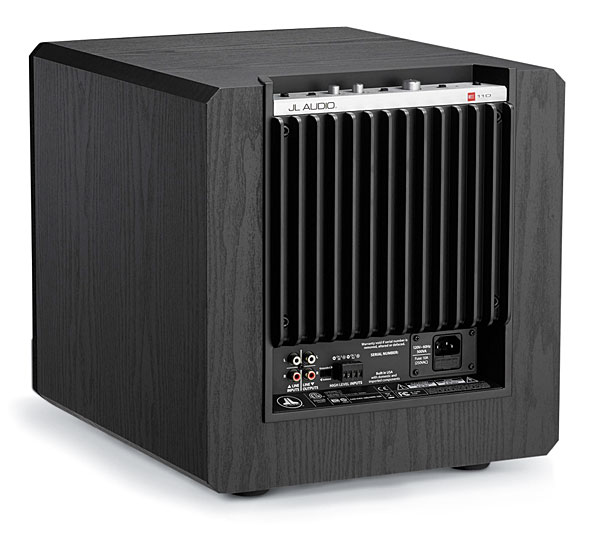I wish every audio enthusiast in the world, especially car audio, were required to memorize your 3rd paragraph, the "lecture" one.
I wonder what percentage of audio equipment enthusiasts would know that there is any material present about the crossover point, much less at almost 1.3 octaves above the x-over point.
"Room modes" is another way to say "standing wave" and my background in concert sound and recording studios say they are to be avoided wherever possible and minimized everywhere else. I have never considered them to be a good thing. You sub placement suggests your ears agree with that to some extent.
I also appreciate you giving a "car audio" company like JL Audio a fair hearing in the rarefied air that some of S&V's favorite components occupy. They are one of the very few car-oriented companies bringing real science, R&D and innovation to that world, along with traditional companies like JBL. The majority of the car world is all about "bass slam" and it has been a good proving ground for JL. I dream about the day that Meyer Sound gets into cars :-)
As for "beautiful subwoofer", I have always thought my DefTech SuperCube I and SuperCube Reference were attractive, but the JL is prettier.
Thanks again.








































































